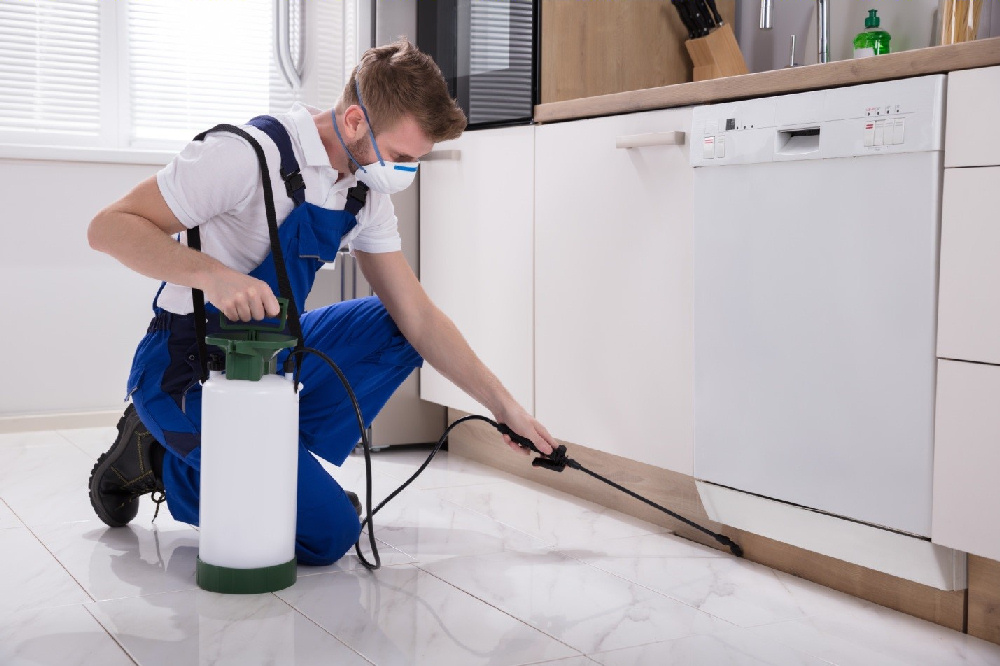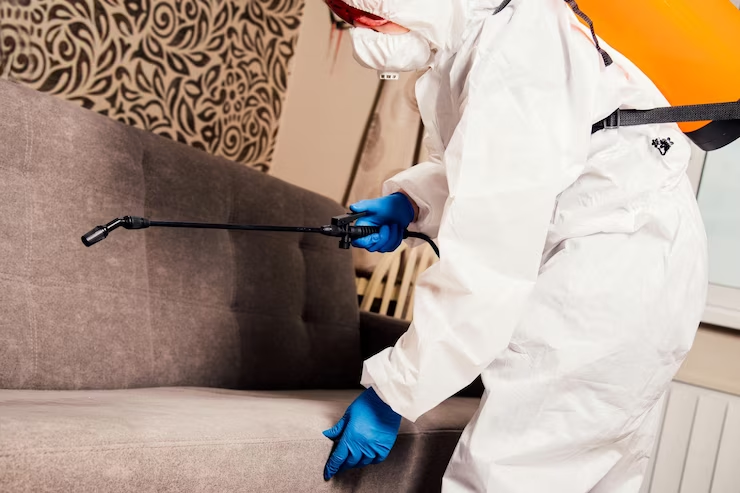What to Do with Cats During Pest Control Safely?
Share
The presence of pests in your home can be incredibly frustrating, and when it comes to dealing with them, many homeowners often ask, 'what to do with cats during pest control?' Pets, particularly cats, can be sensitive to the chemicals and disruptions caused by pest control treatments. Therefore, ensuring their safety while effectively managing pest issues is vital. In this article, we will discuss strategies to keep your feline friends safe during pest control operations.
Before we address the safety measures for cats, its essential to understand **pest control methods**. Pest control can be divided into a few categories, including:
- Chemical Control: These methods involve using pesticides and insecticides to eliminate pests. These chemicals can be harmful to pets if inhaled or ingested.
- Biological Control: Using natural predators or parasites to control pest populations. This method is generally safer for pets.
- Manual Control: Traps and mechanical devices that physically eliminate pests without using chemicals.

Preparing Your Home for Pest Control
Preparation is key to ensuring your cat is safe during pest control. Here are several steps you can take:
1. Create a Safe Space
Before the pest control service arrives, create a safe space in your home for your cats. This area should be away from the affected treatment zones. An unused bedroom or a bathroom can be the perfect spot. Make sure this space contains:
- Your cat's bed and favorite toys
- Fresh water and food
2. Secure Your Cats
Ensure that your cats are confined to safe areas during pest control. You might want to consider a **pet carrier** or lethargic nighttime containment of your pet for extra protection. If your cats are used to it, this can help minimize their stress levels.
3. Inform the Pest Control Technician
Ensure the pest control technician is aware of any pets in your home. They can adjust their strategies and recommendation accordingly. You might want to read more on how to pest control methods to choose options that are less harmful for pets.

Safe Pest Control Products for Homes with Pets
When hiring a pest control service, consider opting for pet-friendly products. These alternatives minimize risks for your cats. Additionally, ensure the products used are EPA approved.
Pest Control Dos and Don'ts
According to the EPA, there are specific dos and don'ts for pest control around pets. Some tips include:
- Do inform your pest control provider about your pets.
- Don't allow pets in treated areas until the area is safe.

After Treatment: Keeping Your Cats Safe
After pest control treatment, there are still precautions you need to take:
1. Wait Before Re-introducing Pets
Its advisable to wait a certain time before allowing your cats back into treated areas. Check with your pest control service about specific recommendations, often between several hours to a few days.
2. Monitor Your Cats' Behavior
After reintroducing your cats, observe their behavior. Signs of discomfort or unusual activities may indicate that they might have been affected by the treatments. If you notice any changes, consult a veterinarian.
3. Clean Up Post Treatment
Ensuring that degreasing happens post pest treatment can mitigate risks. Regular vacuuming and cleaning will help eliminate any chemical residue that might have settled.

Frequently Asked Questions
What can I do if my cat comes in contact with pest control chemicals?
If you suspect your cat has come into direct contact with chemicals, remove them from the area and consult your veterinarian immediately.
How long should I keep my cat away from pest-treated areas?
It typically varies depending on the type of treatment used. Always follow the advice given by the pest control service regarding safe timeframes.
Are there pest control methods that are safe for pets?
Yes, consider methods such as traps and biological pest control that dont involve harmful chemicals.
Final Thoughts
Successfully managing pest control while keeping your cats safe is entirely feasible with a bit of planning and preparing. Understanding the pest control methods available and effectively communicating with your pest control technician will ensure the well-being of your feline friends. For further reading, you can check out resources on pest control frequency.
As an Amazon Associate, I earn from qualifying purchases.
